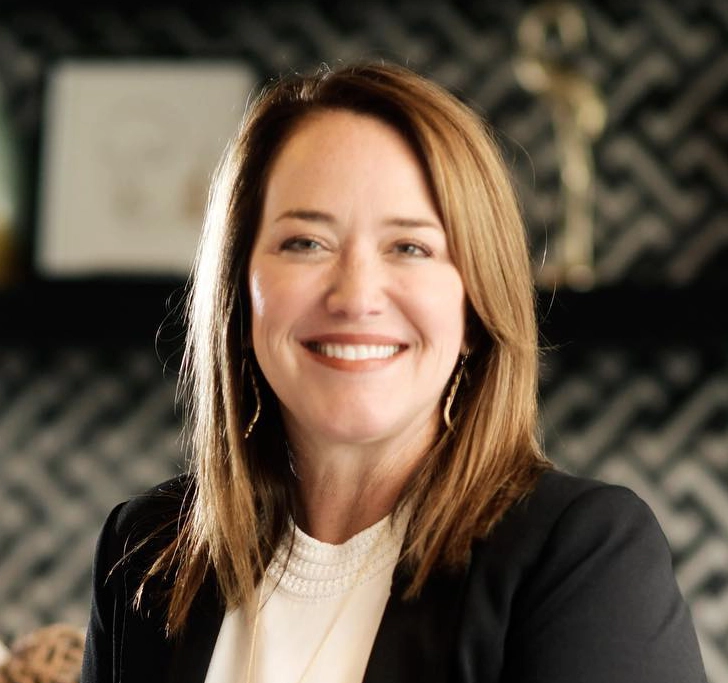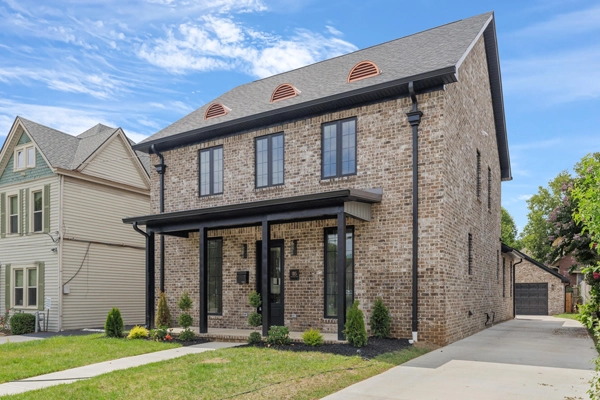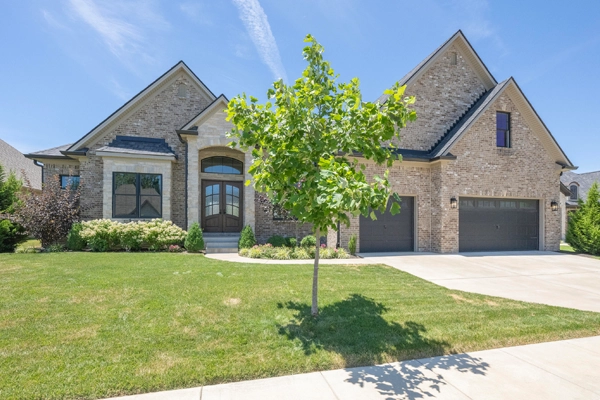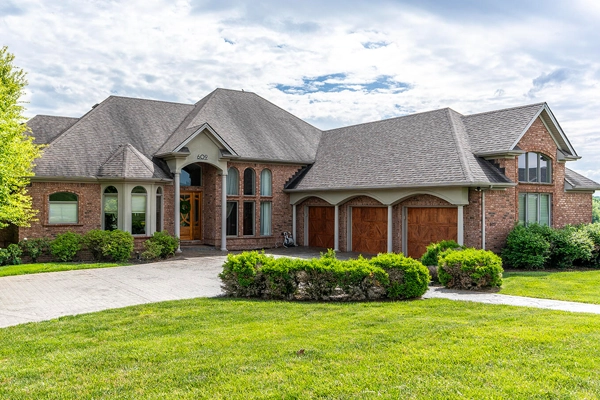Let’s Explore Your Selling Options. I’ll help you sell your home at the price and terms you want. Free Selling Strategy Call
Seller rent-backs are becoming increasingly popular in our low-inventory market. They can be a life-saver for a seller, and they can be the reason a buyer wins their dream home.
How do they work? The seller continues to live in the home for up to 60 days after closing. The rent-back should not go past 60 days because the buyer may be in violation of a covenant in their mortgage that states that the property will be owner-occupied. It’s important for the buyer to let their lender know that there will be a seller rent-back of up to 60 days.
To fully protect themselves, buyers and sellers should have a detailed post-closing occupancy agreement signed by both parties which outlines all the terms of the rent-back period. The buyer should also consider whether or not to charge the seller rent while they occupy the home. Oftentimes we see rent waived in this market, but buyers should certainly take this option into account. Their monthly rental requirement could be in the amount they’ll be paying on their mortgage for their new home. Additionally, buyers should consider charging a security deposit, which can be held by them while the seller occupies the home so they’re protected from any potential damage that occurs.
Most importantly, sellers should have renters insurance while they occupy the home. This will protect their contents while they continue to live in the home, and it should cover any accidents that might occur during the rent-back period.
Seller rent-backs come with risks and benefits; just know the facts and make sure you’re covered. If you have questions about this or any real estate topic, feel free to shoot me an email or give me a call. I’d love to hear from you.
-
Let’s Explore Your Selling Options. I’ll help you sell your home at the price and terms you want. Free Selling Strategy Call
-
What’s Your Home Worth?. Are you thinking of selling your home or interested in learning about home prices in your neighborhood? We can help you. Free Home Value Report
-
Looking for a Home?. Search the entire MLS for your home. Search the MLS







